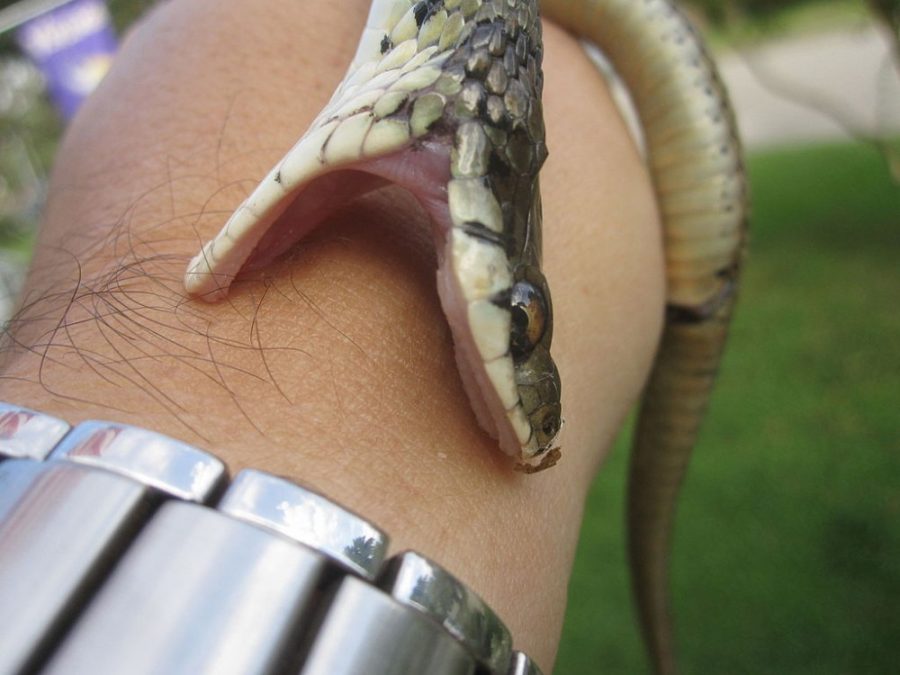Being outside in the desert, the sound of a rattle or buzz is a clear warning sign that an animal is about to bite. But, like most people, you probably haven’t stuck around to feel the actual sting. However, for entomologist Justin Schmidt, being stung is an opportunity, not something to run from.
Schmidt works as an entomologist for the UA, and has most notably created a pain scale for insect bites called the Schmidt sting pain index.Schmidt traveled around, finding different insects to sting him, and recorded data on the pain of their sting.The pain scale ranks the stings from one to four, with one being the least painful.
For context, the red fire ant comes in at a one on the Schmidt sting pain index, which is described by Schmidt in his 1983 paper as “sharp, sudden and mildly alarming.” This is in stark contrast to a pepsis wasp, which ranked as a four. Its bite was described by Schmidt as “blinding, fierce, shockingly electric,” and said it felt as if a running hair dryer has just been dropped in a bath.Schmidt’s suggestion for someone who’s had an unfortunate encounter with a pepsis wasp is simply just to lie down and scream.
One insect in particular, the bullet ant, has earned a rating of 4+. Schmidt described the bite from the bullet ant as a pure, intense and brilliant pain.He likened the sensation to walking over flaming charcoal with a three-inch nail in your heel.
Over the years, Schmidt has refined his scale and classified the stings of 78 species of wasps, bees and ants.
More recently for Schmidt, however, is his new book “The Sting of the Wild,” which includes the full pain index and the descriptions of the stings in which he received.The book also discusses the lives of insects through their own eyes and the function of an insect sting. And, most importantly, which insects provide the most unpleasant encounter, and which are not a problem.
Schmidt has sacrificed his body for the pursuit of knowledge. And while Schmidt’s encounters may seem extreme, they provide great insight about insects and their impacts on humans.
Follow Bailey Bellavance on Twitter.









